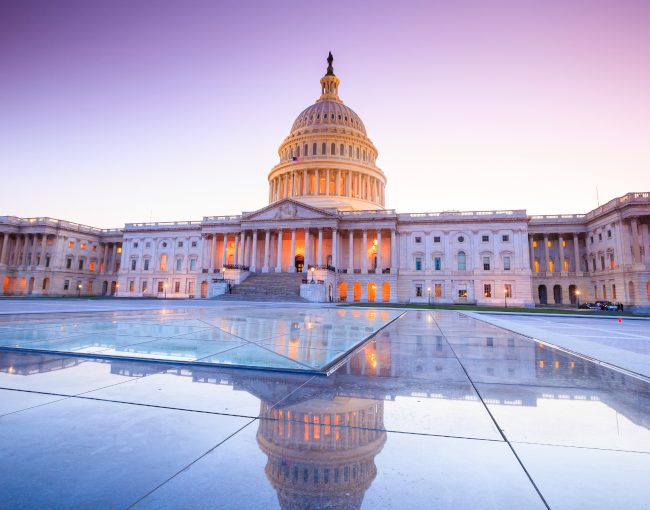A process that allows Congress to overturn agency regulations by passing a joint resolution of disapproval, which then must be signed by the president.
The Big Dance
The CRA reflects the ever-present tension among the branches of government, as contemplated by the Founding Fathers. When Congress passes laws, it often provides executive branch agencies with authority to issue regulations to implement those laws. But agencies often then regulate in ways that Congress does not like. Legal challenges to regulations and the question of how much deference to give to agencies form the foundation of administrative law.
March Madness
The CRA allows Congress to pass a joint resolution of disapproval within 60 legislative days after the agency submits a new regulation to Congress. The CRA also has special provisions related to the transition of power from one session of Congress to the next, which in turn allow a new president to review rules issued by the prior president. One of the CRA's main benefits is that it requires only 51 votes for passage in the Senate, thus circumventing the supermajority needed to break a filibuster. The president must sign the resolution for the rule to be rescinded.
A component of former House Speaker Gingrich's Contract with America, Congress passed and President Clinton signed the CRA in 1996. The CRA served as a replacement for the Legislative Veto, which was struck down by the Supreme Court in 1983. Up until the 115th Congress convened in January, only one rule had successfully been overturned using the CRA, when President Bush signed a joint resolution in March 2001 that revoked a Clinton-era rule. The CRA is not frequently used, among other reasons, because it is exceedingly uncommon for presidents to gut a rule that their own agencies had crafted. For example, President Obama vetoed several CRA attempts to eliminate regulations promulgated by his administration.
Cinderellas
The Republican-controlled Congress and President Trump have already razed three Obama-era regulations using the CRA, with many more making their way through Congress. Various education regulations that were finalized in the last months of the Obama presidency, such as those on teacher preparation, could soon be eliminated using the CRA. With unified control of Congress and the White House, the CRA is but one tool of many that the GOP has and will use to dismantle the Obama agenda. As has become clear over the past few months, a president's legacy can be fragile: Though building bipartisan consensus via the legislative process can be more frustrating, the unilateral exercise of regulatory powers during a presidency can be undone by a countervailing successor.





